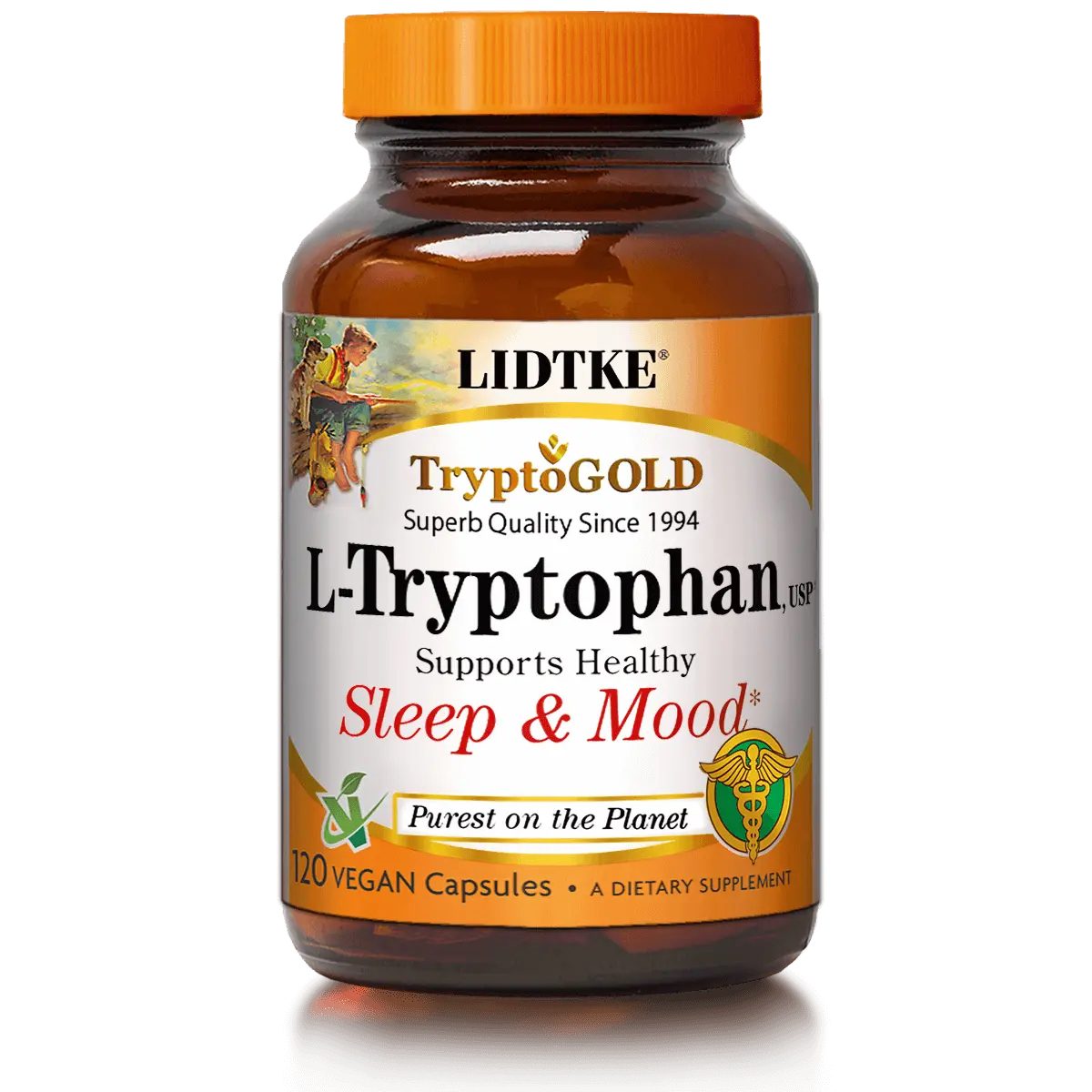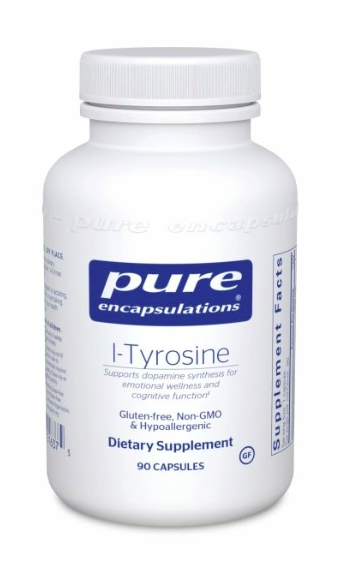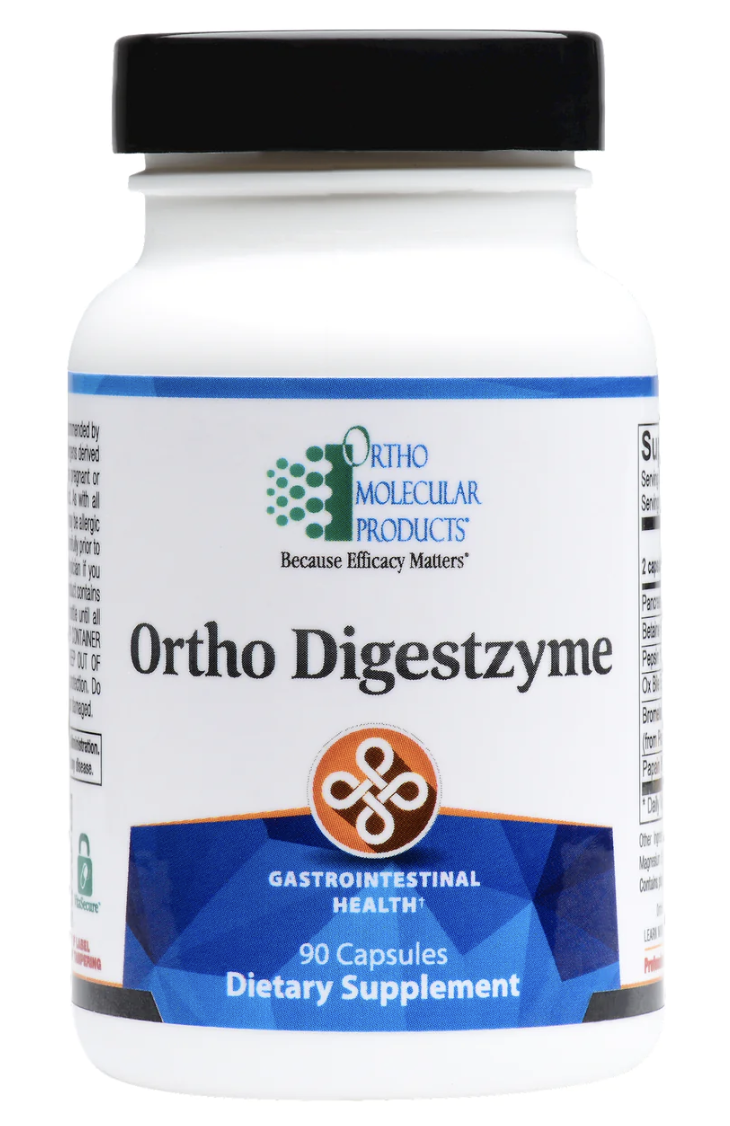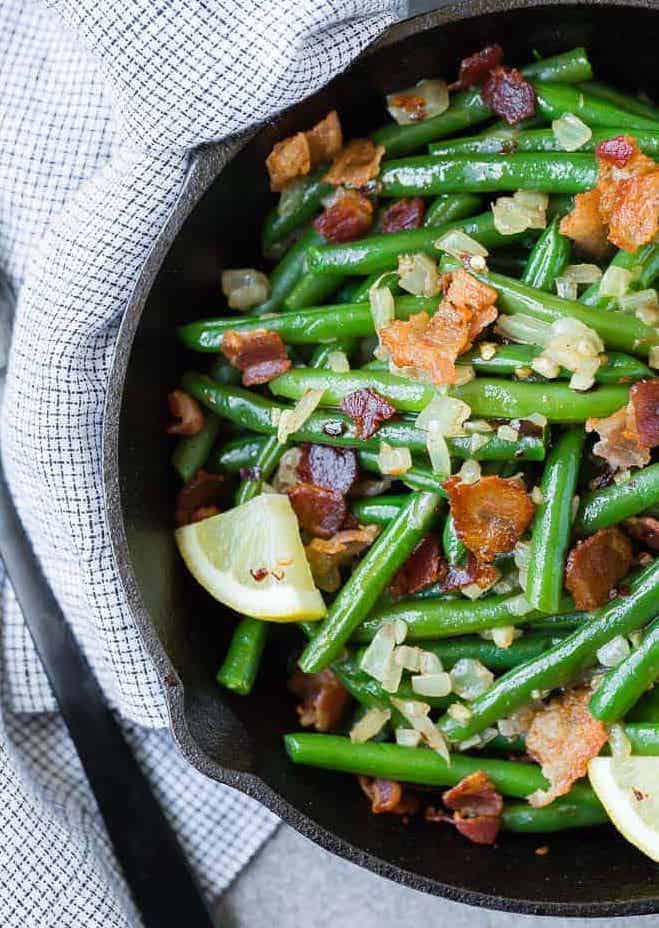
The holiday season often triggers holiday stress, and thus holiday stress eating. Why can such a special season be so triggering for many people? The answer is not simple. As much as families come together through marriages, relationships and births, sometimes they fall apart. The threads of the family quilt, whether frayed or stitched, can be full of memories, experiences, and events that carry heavy emotional weight. All of that, plus life hardships, grief, and loss can make the holidays even more triggering. The holiday meals draw us together, but when there is suffering and stress, they can actually feel very lonely and sad.
That’s a lot to feel around a green bean casserole. Festive meals are often at the heart of the holidays. So, how do we handle our emotions and stress around the table while maintaining healthy choices and relationships with food?
First, know that seeing a therapist is a noble act. The best gift you can give yourself is talking to someone. In this article, we will review things you can do and take to feel better, but know that even with supplements and medications, a skilled therapist helps you learn how to climb the mountain of emotions. Taking medications or supplements to manage mood are tools, and getting this kind of help is also noble. Know that support may not be needed forever – just until you learn how to work through hardship.
Your Biochemistry Affects Your Emotions
The biochemistry of emotional struggle is something we know about. The excitatory nervous system is basically what it sounds like – the neurons fire up to increase their activity. Glutamate, norepinephrine, and epinephrine are the neurotransmitters involved that create feelings of anxiety, panic, stress, and tension. They increase heart rate and blood pressure, induce shallow breathing, create headaches and migraines, and disrupt sleep.1
As you can guess, the inhibitory nervous system slows the nerve activity. GABA (Gamma Amino Butyric Acid), serotonin, and glycine are three main inhibitory neurotransmitters. GABA is best known for calming, serotonin is associated with wellbeing and happiness, and glycine is associated mostly with motor and sensory processing.2

The excitatory nervous system can actually burn out the inhibitory nervous system. It’s commonplace for chronic stress to lower serotonin levels and give rise to depression.3
Furthermore, epinephrine and norepinephrine (adrenaline) actually come from dopamine. Is dopamine inhibitory or excitatory? It’s both. So, we classify it as modulatory. Low dopamine can create feelings of depression, irritability, and sadness, but elevated levels can overfeed norepinephrine and epinephrine and can cause anxiety.4
When we are in the polarities swinging from anxiety to depression, it is very common to seek food, alcohol, drugs, or engage in habits that offer temporary relief or distraction to attempt to balance out the mood–giving rise to various addictions. Holidays, with their added emotional challenges can create vulnerabilities for relapsing in addiction recovery. We have “comfort foods” all around us, but in reality, inflammatory, nutrient poor, sugary foods just add to the imbalance in our moods.
How to Keep Your Body in Balance
How can you help your body balance these cycles? From a medication aspect, this is where antidepressants come into play. SSRI (Selective Serotonin Reuptake Inhibitors) and SNRI (Serotonin and Norepinephrine Reuptake Inhibitors) are the two front line drugs. There are caveats with taking these. These medications can take from two to eight weeks to work, and you cannot come off them immediately; they must be tapered down under the guidance of trained medical staff. This is because the body adapts the activity and production of the enzymes needed to make the targeted neurotransmitters. The feedback may take weeks for your body to readapt. Coming off the medications abruptly can cause dangerous withdrawal symptoms.

Amino acid therapies can also help balance out mood biochemistry. Serotonin comes from the amino acid L-Tryptophan. Tryptophan is commonly found in meat, specifically turkey. Many articles around the holidays link sleepiness after your turkey dinner to tryptophan – 3 ounces of turkey contains about 300 mg of tryptophan.5 This claim is a bit of a stretch, as there are many components to feeling tired after any big meal. While tryptophan helps serotonin production, it is not a sedative. So, no, it’s not a cure for insomnia.
Tryptophan has been shown to increase brain serotonin levels.6 Dosing can be variable. Starting with 500 mg per day is adequate for 1-2 weeks, then you can increase to 1,000 mg twice per day. Unlike medications, you can stop tryptophan without having to taper. Why? Amino acid therapies have little effect on the enzyme production or the way it pools or takes up the neurotransmitter, thus no withdrawals. Can I just eat three ounces of turkey twice a day? You could, but know that the milligram dosing of food is variable – the turkey may not have been well fed, he may have been stressed out, your cooking may have altered its nutrient profile, etc. In addition, your digestion may not work well for absorption. To be more certain about the level of support you are getting, taking an exact dosage; capsule or liquid is best.

L-Tyrosine is the amino acid precursor to dopamine and can be supportive if strong ups and downs in the mood are observed, especially driving cravings, emotional eating, or addiction. This biochemistry often involves elevated adrenaline and low dopamine. These imbalances are at the heart of addiction. Giving 500 – 1,000 mg of L-Tyrosine per day can even out the mood, assisting someone’s journey towards sobriety.7
Can you take amino acid therapies with medications? Yes and No. Serotonin Syndrome is a life-threatening toxic condition from having too much serotonin. It has been observed when people take combinations of SSRIs, SNRIs and tryptophan, 5HTP, and melatonin. You can take these together, but the dosing is very important to get right. Talk to your doctor or pharmacist to get this correct.
Simple Tips for Making Better Choices

Your nervous system and digestive system are strongly connected – they text each other constantly. Calming GABA increases nerve support and blood flow to digestion. Ever get butterflies in your tummy? That is largely a glutamate response, which is anxiousness. To digest better, be calm when you eat your food. If that’s easier said than done, then take a digestive enzyme to avoid indigestion. My favorites are Complete Digest by Enzyme Science, Digest Enzymes Ultra by Pure Encapsulations, and Ortho Digestzyme by Ortho Biotic.

Sometimes the impulse to eat doesn’t mean you are hungry – it can mean you are anxious, sad, tired, bored, etc. Handling yourself well around food means checking in with your nervous system. One simple practice is tracking when you ate. Your blood sugar peaks 1.5 – 2 hours after your meal.8 If you ate breakfast and an hour or two later you are “hungry,” this is likely not hunger. Ask, “Is this an emotion?” I remember the day I first realized that I was not actually hungry as I thought; I was anxious. Eating had become a way to try to get out of that feeling. Taking a walk, breathing deeply, or simply recognizing the emotion made me feel better, not the cookie.
We also need to stop using the holidays as an excuse for bad choices. I am guilty of this myself, having used “the holidays” as an excuse for going off an anti-inflammatory diet, drinking more, taking in more sugar, not exercising, and ignoring self-care. I get it – there are different dynamics at play and we may feel different pressures and stressors. But, holidays are not about food. Yes, food brings us together and there are sacred family recipes, but I assure you, if your great-grandmother knew that eating a sugar-loaded, inflammatory cake was going to worsen your diabetes or cholesterol or cause a digestive flare-up, she would make you spit it out.
Remember, even more important than the cherished chocolate cake that is handed down through generations is your grandma’s ability to adapt, evolve, and love. So, it may be time to adapt those recipes so that we can live better. Holiday stress can bring up a lot of traumas. It is absolutely OK to have a little added support that doesn’t come through unhealthy food. We all need mental healthcare at some points in our lives. And it is ok to accept and admit it when that time comes for you.
From my family to yours, here is a family recipe handed down from my grandmother and aunt, and adapted by my super cool, smart sister. In our family, my sister is the main pillar of support for helping us all make healthy choices, whether about food, stressful events or life dilemmas. Love and support are the main ingredients in this casserole and we wish both for you this holiday season.
Clean Green Bean Casserole
By Lacy Benkley
As a child, I remember one of my all time favorite meals at Thanksgiving was my Grandma’s Green Bean Casserole. I loved the texture of the canned beans, the creaminess of the cream of mushroom soup, and the crunchy fried onions. As the years went on, she adapted the recipe by adding sliced American Cheese! I was in MSG Heaven! As my health journey evolved, I went through an era where I made a gluten-free and dairy-free version of this recipe. My kids definitely didn’t appreciate it like I did when I was a child. Why did I feel that I needed to replicate that recipe? I wanted them to feel the joy I felt when I ate at my Grandma’s house. I have since realized that the joy didn’t come from the Green Bean Casserole, it came from her love. Now, I create clean recipes so my kids can attach my love for them to clean foods. Here is my take on Grandma’s Green Bean Casserole.

Clean Green Beans Recipe
1 pound fresh green beans, trimmed and sliced in half
2 cups water
1 tsp salt
Package of sliced mushrooms
Medium onion, sliced or diced
1-2 garlic cloves, minced
Ghee and or avocado oil
Salt and pepper
Steam or boil the green beans in water and salt for 4 to 5 minutes. They will turn bright green. Drain and place them in ice water to stop the cooking and prevent them from getting mushy. Heat oil or butter in a large skillet over medium to high heat. Add the sliced mushrooms and onions and cook until onions are translucent. Add the minced garlic and green beans. Toss or stir for 2 minutes until the garlic is golden and beans begin to crisp up. Add salt and pepper to taste. Serve warm! Feel free to make the recipe your own by adding diced cooked bacon, pine nuts, or topping with crumbled pork rinds. Yum!
If you have comments and/or questions about this blog, email us at blog@peoplesrx.com.

Amy Nelson, ND* received her Naturopathic Doctorate from the National College of Natural Medicine in Portland, OR where she studied nutrition, homeopathy, herbal and functional medicine. In addition, Dr. Nelson was the Associate at The IBS Treatment Center in Santa Monica where she treated irritable bowel syndrome and complex food allergies. Dr. Nelson utilizes her experience in natural medicine to address female and male hormonal imbalances, mental health, and digestive disorders. Amy is available for consultation at: DrAmyNelsonND.com.
*Although licensed in other states, Naturopathic Doctors are not currently licensed in Texas. To support licensure efforts, please visit www.txand.org.
References:
- Brian Meldrum; Possible Therapeutic Applications of Antagonists of Excitatory Amino acid Neurotransmitters. Clin Sci (Lond) 1 February 1985; 68 (2): 113–122. doi: https://doi.org/10.1042/cs0680113
- https://www.sciencedirect.com/topics/earth-and-planetary-sciences/neurotransmitter
- Tafet GE, Idoyaga-Vargas VP, Abulafia DP, Calandria JM, Roffman SS, Chiovetta A, Shinitzky M. Correlation between cortisol level and serotonin uptake in patients with chronic stress and depression. Cogn Affect Behav Neurosci. 2001 Dec;1(4):388-93. doi: 10.3758/cabn.1.4.388. PMID: 12467090.chronic stress and depression. Cogn Affect Behav Neurosci. 2001 Dec;1(4):388-93. doi: 10.3758/cabn.1.4.388. PMID: 12467090.
- Paravati S, Rosani A, Warrington SJ. Physiology, Catecholamines. [Updated 2022 Oct 24]. In: StatPearls [Internet]. Treasure Island (FL): StatPearls Publishing; 2023 Jan-. Available from: https://www.ncbi.nlm.nih.gov/books/NBK507716/
- https://www.orlandohealth.com/content-hub/sleepy-after-the-thanksgiving-feast-dont-blame-the-turkey#:~:text=Turkey%20meat%20contains%20tryptophan%2C%20an,a%20little%20less%20than%20chicken.
- Young SN, Gauthier S. Effect of tryptophan administration on tryptophan, 5-hydroxyindoleacetic acid, and indoleacetic acid in human lumbar and cisternal cerebrospinal fluid. J Neurol Neurosurg Psychiatry 1981;44:323-7.
- Roiser, J., McLean, A., Ogilvie, A. et al. The Subjective and Cognitive Effects of Acute Phenylalanine and Tyrosine Depletion in Patients Recovered from Depression. Neuropsychopharmacol 30, 775–785 (2005). https://doi.org/10.1038/sj.npp.1300659
